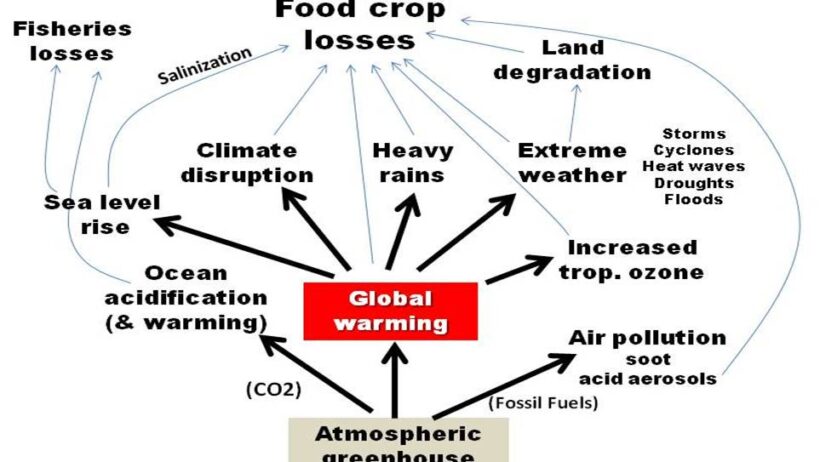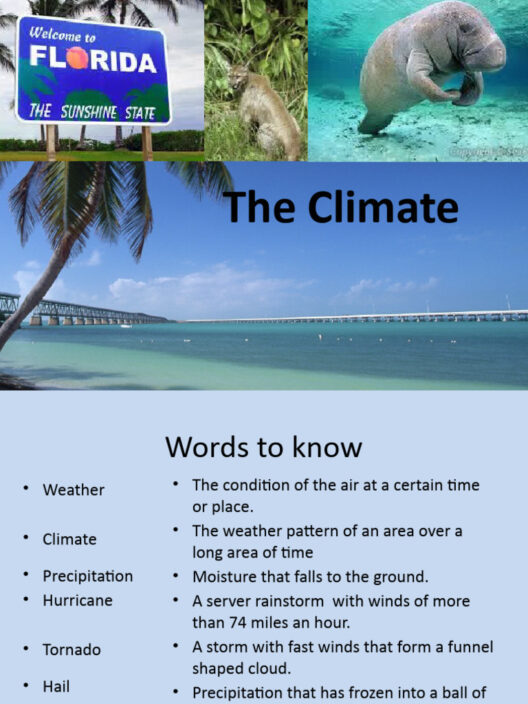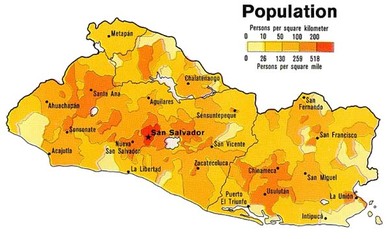Climate change is no longer a distant threat; it is an immediate reality that significantly impacts various sectors of society, particularly food security. As the planet warms, the ripple effects of climate disruption are felt profoundly on agricultural grounds, ultimately leading to a worrying phenomenon—the potential shift from farm to famine. What if the food that nourishes us becomes a luxury? This playful question masks a serious challenge that faces humanity as we attempt to adapt to a rapidly changing climate.
At the core of food security lies the intricate relationship between agricultural productivity and climate conditions. Agriculture is a highly sensitive sector, reliant on predictable weather patterns and stable environmental conditions. However, climate change introduces uncertainty, manifesting in erratic precipitation, soaring temperatures, and unprecedented weather events. Farmers around the globe are witnessing the repercussions of these changing conditions firsthand; crops that once flourished may now wither under the burden of drought or drown in catastrophic floods.
The escalating climate crisis exacerbates existing vulnerabilities within the agricultural systems of developing countries, where reliance on staple crops makes food security precarious. For instance, sub-Saharan Africa faces a daunting challenge. Predicted increases in temperature and shifts in rainfall patterns threaten crucial crops like maize, wheat, and sorghum. This leads to diminished yields and, in some cases, total crop failures—events that can plunge entire communities into famine.
It’s essential to understand the multifaceted nature of food security. It transcends mere availability; it encompasses access, utilization, and stability. According to international definitions, food security exists when all people, at all times, have physical, social, and economic access to sufficient, safe, and nutritious food to meet their dietary needs for an active and healthy life. Climate change jeopardizes all four of these pillars. As natural disasters become more frequent and severe, access to food becomes fraught with challenges. Infrastructure is damaged, supply chains disrupted, and agricultural markets destabilized.
Moreover, competition for dwindling resources intensifies amidst climate change. Water scarcity arises as glacial melts recede and drought-prone areas expand. This competition doesn’t merely affect agricultural practices; it sows discord among communities and nations, igniting conflicts over resources required for farming. The situation becomes even more dire as populations grow, placing additional strain on already marginalized ecosystems and communities.
The social implications of climate-induced food insecurity are profound. As food access declines, malnutrition rates surge, particularly among vulnerable populations such as children, the elderly, and low-income households. The intergenerational consequences of this insecurity are staggering. Children who grow up malnourished face lifelong health repercussions, reduced economic productivity, and diminished educational opportunities—perpetuating cycles of poverty and injustice.
What solutions exist in the face of such overwhelming challenges? Cultivating resilience against climate impacts is integral to ensuring food security. One crucial approach is the adoption of sustainable agricultural practices. Techniques like agroforestry, crop rotation, and organic farming can enhance soil health, improve biodiversity, and increase resilience to extreme weather. These practices not only mitigate the impacts of climate change but can also contribute to carbon sequestration, playing a dual role in combating climate change while securing food sources.
Additionally, investing in scientific research and innovation can revolutionize agricultural practices. Developing climate-resistant crop varieties, improving irrigation efficiency, and implementing precision farming technologies can yield significant dividends in food production. The adoption of these innovations requires the collaboration of governments, NGOs, and private sectors to support farmers in transitioning to practices that align with ecological principles.
Education and community engagement are also vital components in tackling the issues of climate change and food security. Promoting awareness around sustainable eating practices, food waste reduction, and local sourcing can empower individuals to make informed decisions. Communities must be involved in policy discussions, ensuring that their voices are heard and considered in decisions that affect their food systems.
In urban areas, innovative solutions are emerging to address food insecurity exacerbated by climate change. Urban farming initiatives, vertical gardens, and community-supported agriculture schemes create localized food systems that foster self-sufficiency. These not only reduce food miles and greenhouse gas emissions but also nurture a sense of community and resilience amidst challenging climate realities.
In conclusion, the transition from farm to famine due to climate change is not inevitable. While the implications are dire, there is a plethora of actionable strategies to mitigate these risks. Promoting sustainable agricultural practices, fostering innovation, and engaging communities can create pathways to resilience. It poses a substantial challenge, but also an opportunity: to reimagine our food systems in harmony with the planet. Ultimately, our collective goal should be more than just averting famine; we must strive for a future where equitable access to nourishing food is a universal right, irrespective of climatic shifts.








